Reviewing 20W COB LED 2828 Package
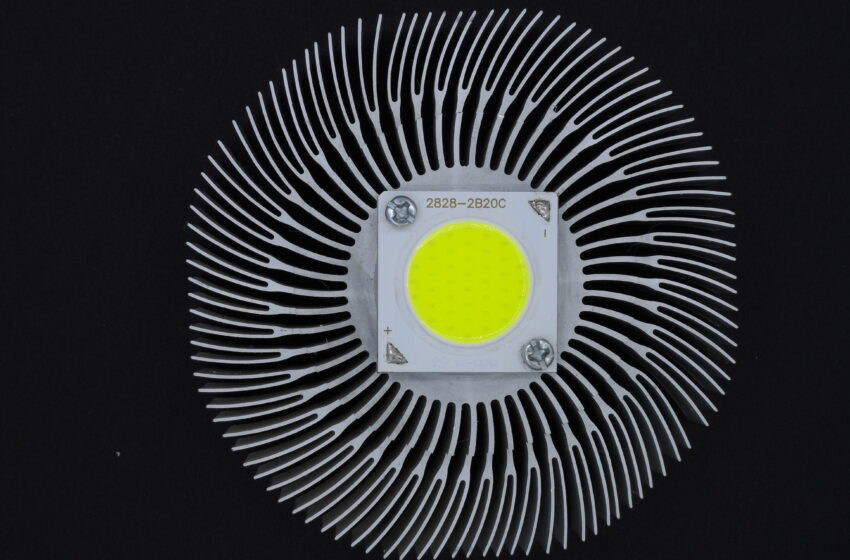
LED lamp brightness should be tested using specific instruments that can determine the intensity of the light in lumens and get the power consumption of the LED using a watt meter. Dividing these two yields a value known as lumens per watt, or Lm/W, which is used to compare LEDs. It implies that the better the LED consumes less power and generates more light. Unfortunately, I lack this equipment and I only evaluate the electrical properties of LEDs and their drivers. Although it is not a comprehensive evaluation, it may be valuable for certain individuals because I have not seen these reviews elsewhere. On the other hand, many low-cost LEDs on the market lack true nominal power.
I received a 20W COB LED with a current of 300 mA to test. I performed this test with the Jiaton 8-24W 300mA driver. The LED has been turned on for two minutes on the proper heatsink, and the temperature has almost reached equilibrium.
The COB LED measures 28 mm x 28 mm and contains 40 LEDs (2B20C), divided into 2 rows of 20. Each LED is rated at 0.5 watts, according to its rated power. This LED’s specifications are as follows:
Dimensions: 28x28mm
Diameter of the central circle: 24.5mm
Chip: Sanan
Chip dimensions: 13X32MIL
Lumens: 2300-2100 at 320mA current
Current: 320 mA
Voltage: 60-66V
Broadcast angle: 140 degrees
It is claimed that this LED is a flip chip, which is a method of making LEDs and chipsets. One of the advantages of this construction method is that the heat is better transferred to the heat sink.
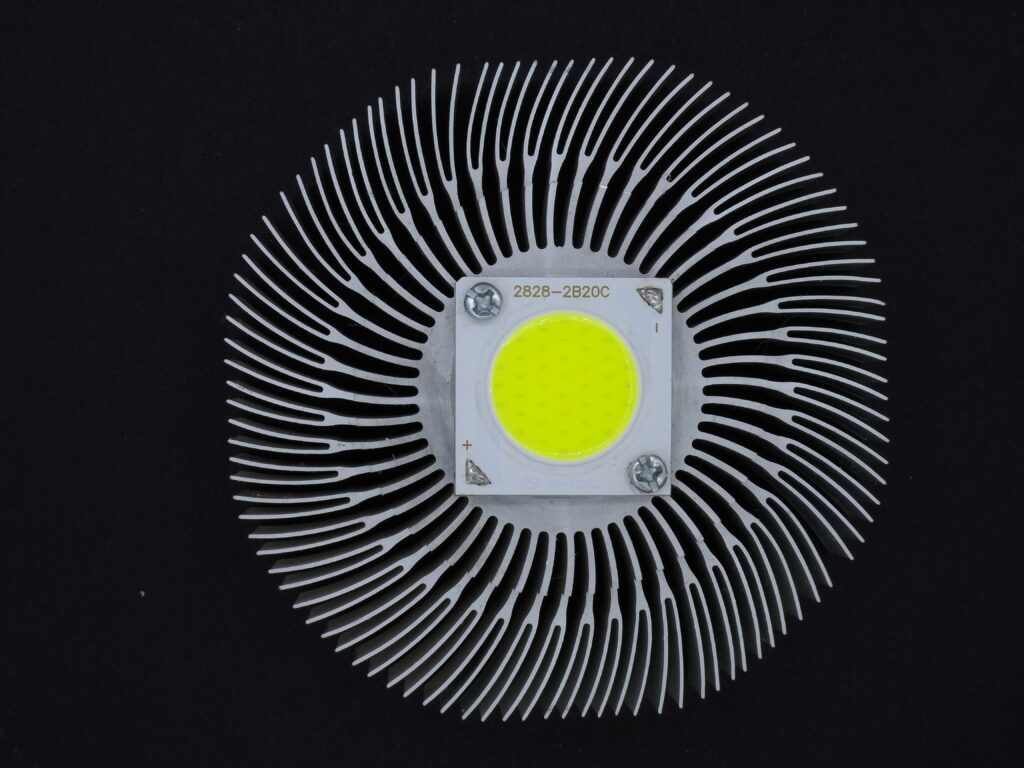
8-24W driver used: BP2866 driver IC and this driver is non-isolated.
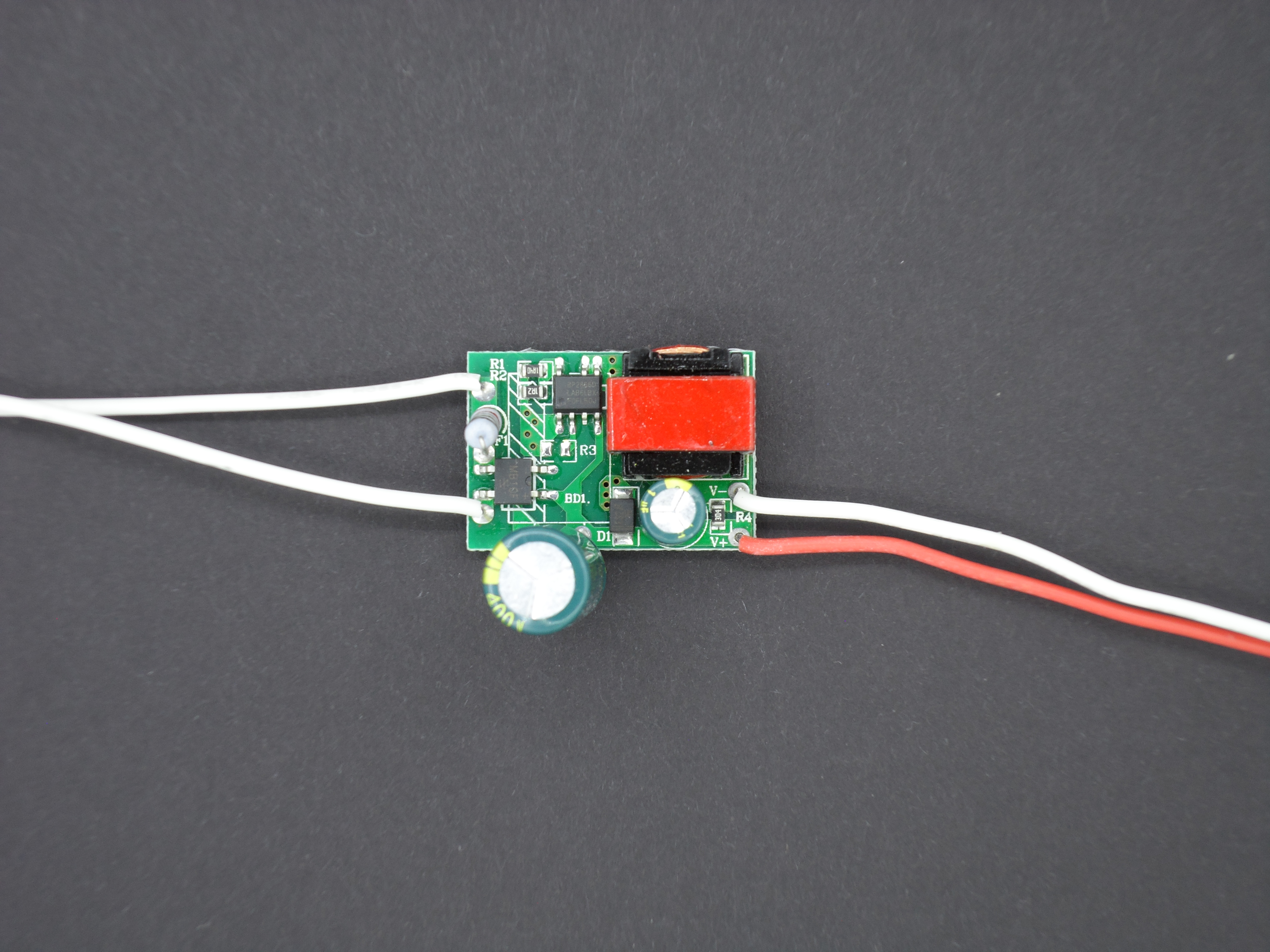
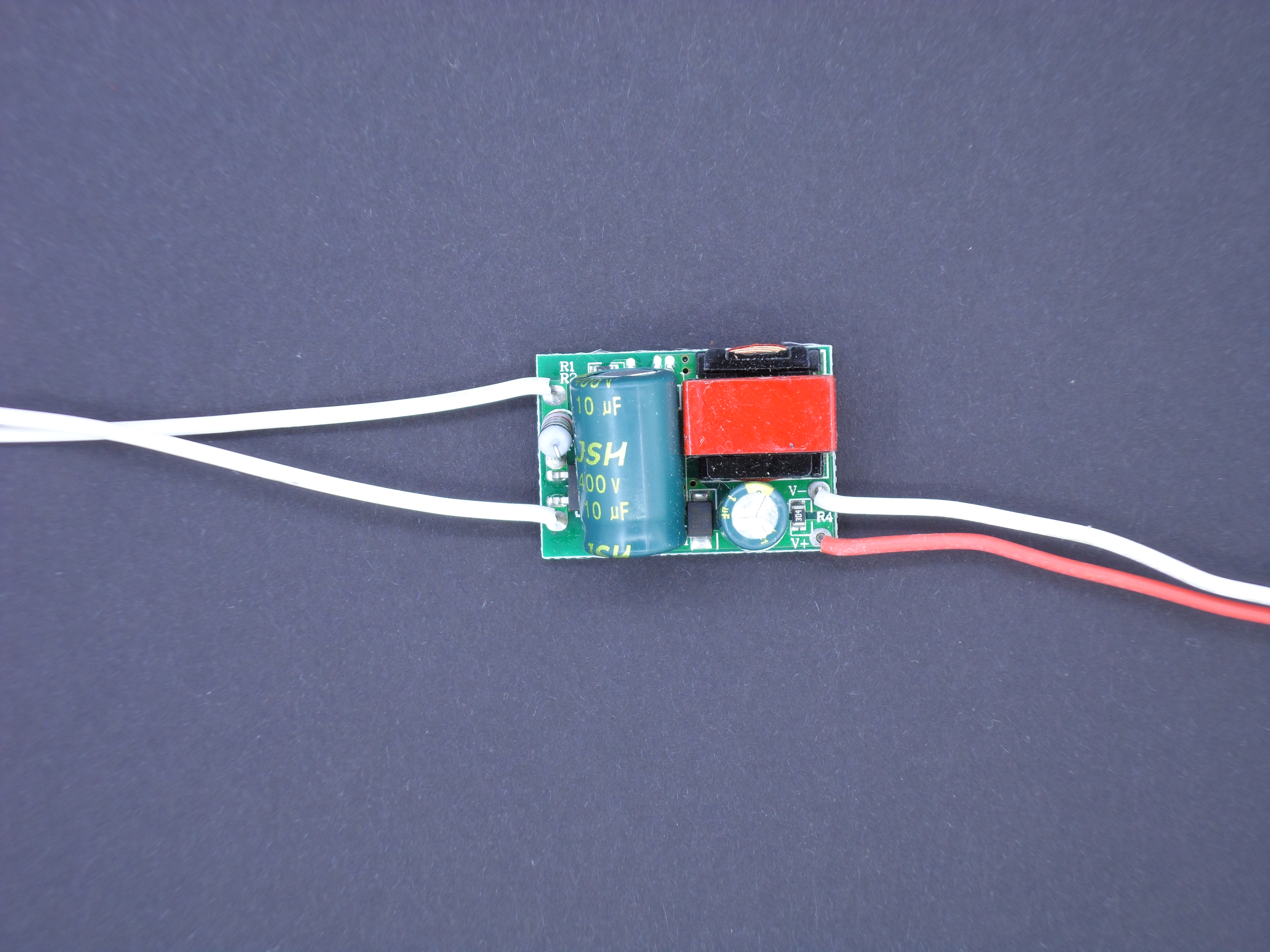
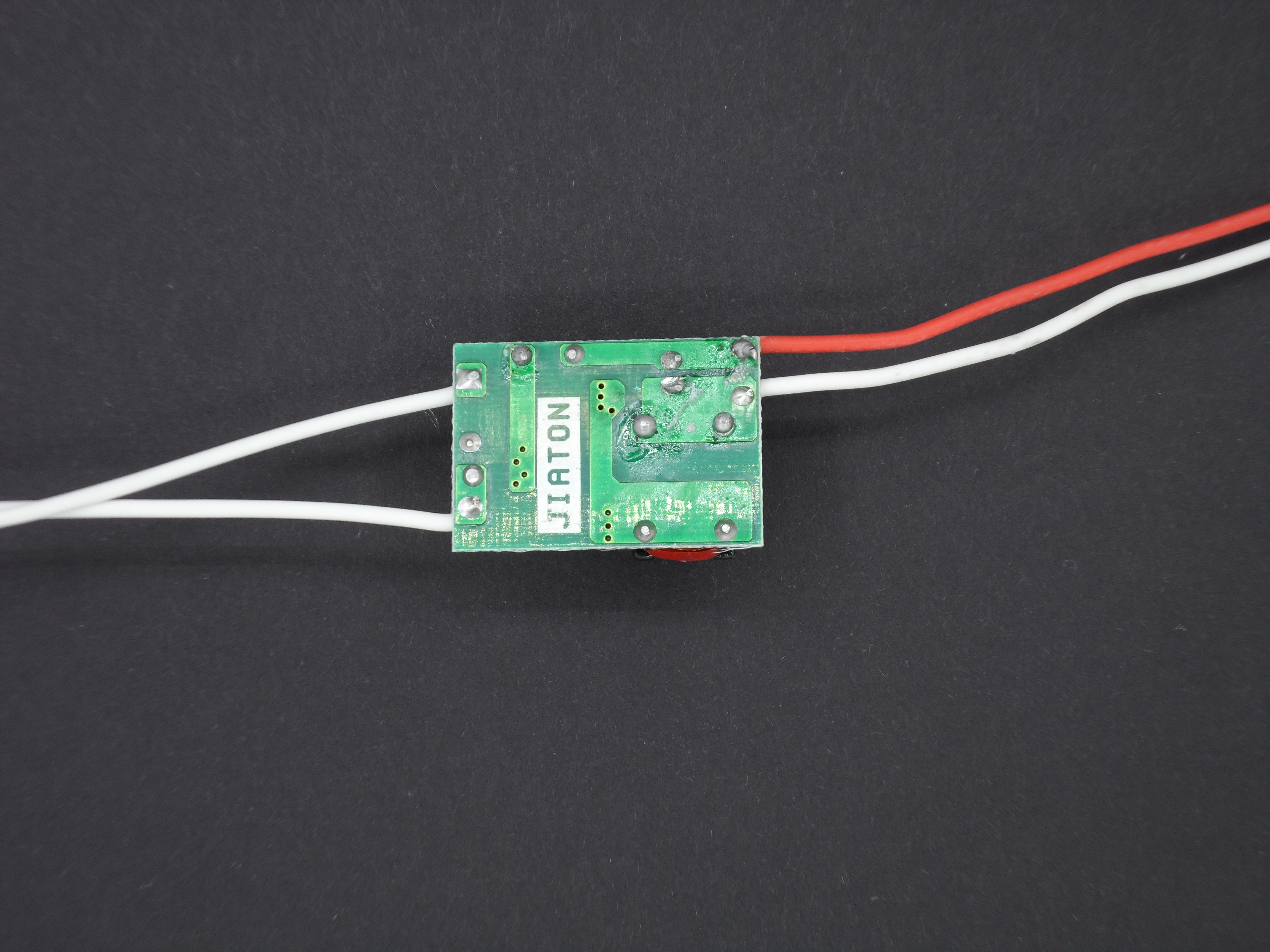
The test results are as follows:
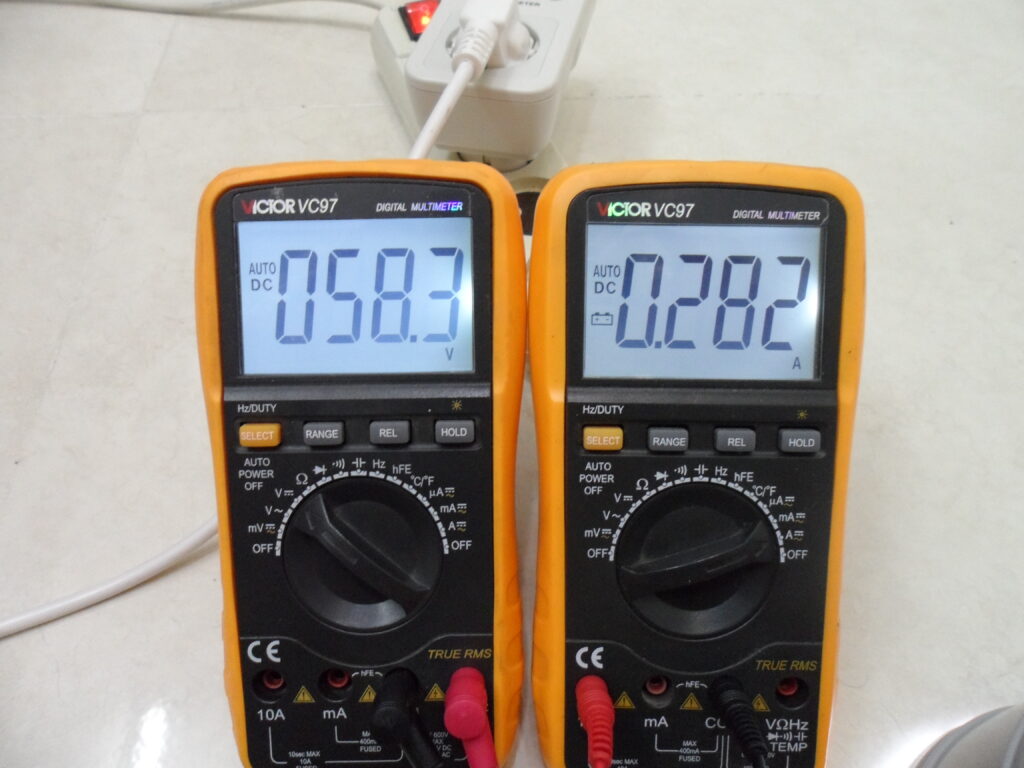
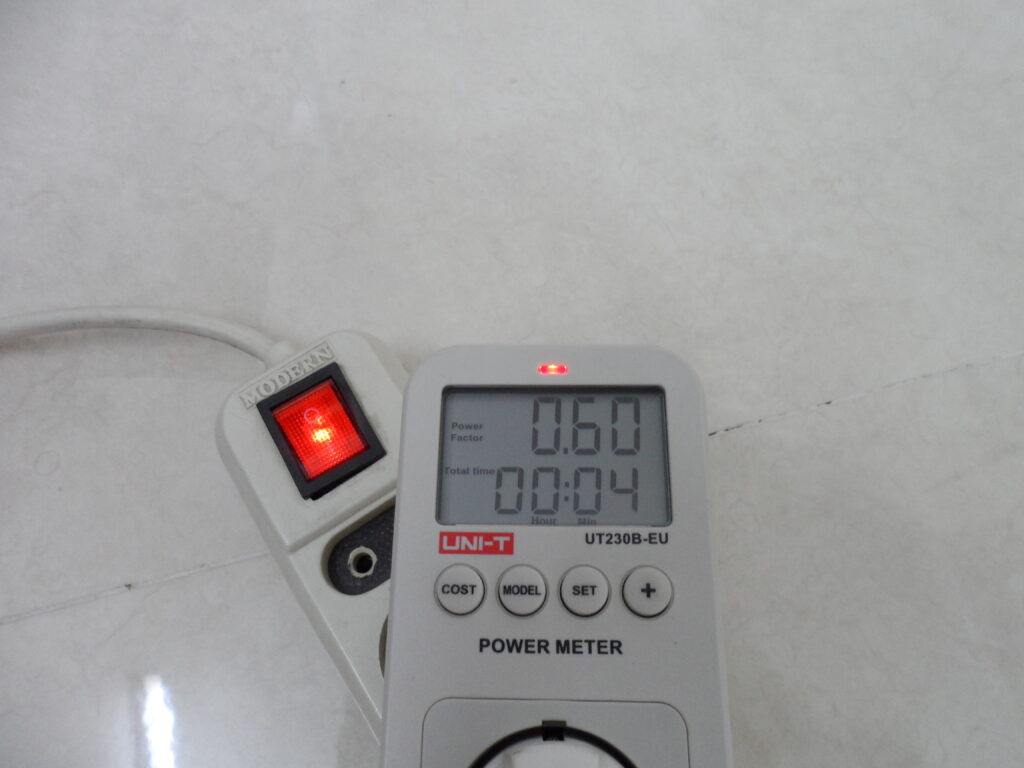
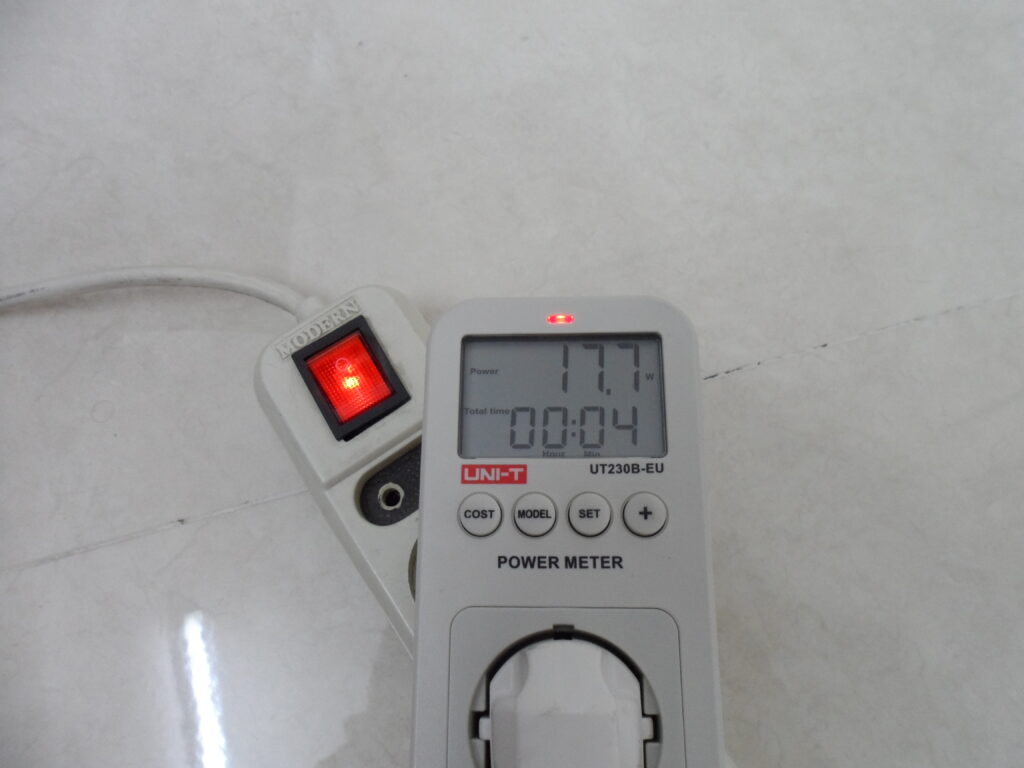
AC watt meter began at 19 watts and when the temperature achieved equilibrium in 2 minutes, it varied between 17.7W and 17.6W. On the DC side of the circuit, the current began at 300 and decreased to 282 mA. As you can see, the voltage ranged from 58 to 60. However, the power factor, like that of most non-isolated drives, was an awful 0.6. Of course, there are non-isolated switching devices on the market with power factors of 0.9 or higher, but they are uncommon and, most significantly there are more expensive. There are no IEEE standards for these drivers.
Also, because I use a different heatsink for each test, I omitted the temperature measurement.